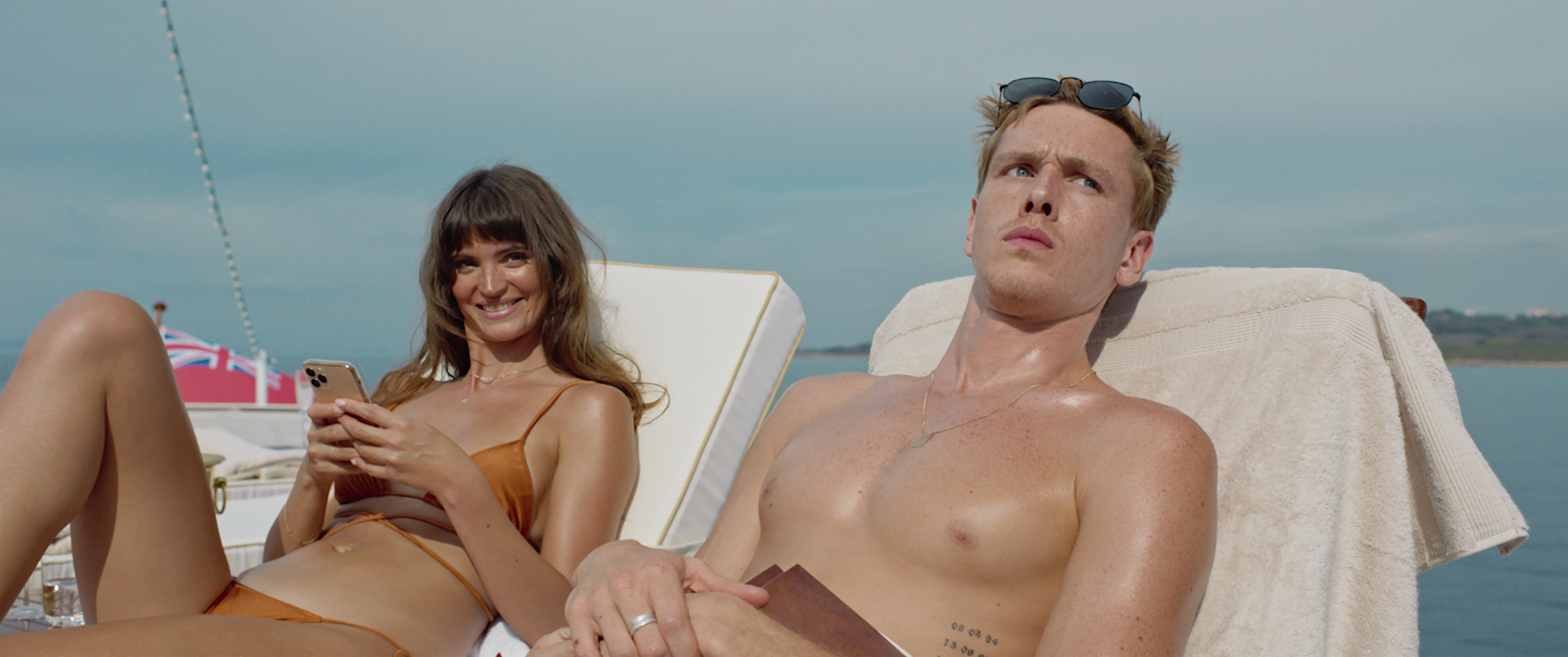
Gaming Editor Louis Wright finds Triangle of Sadness (2022) a successful critique of society, despite flaws in its three-act structure
Cinema has always been critical of the society it is made in, from Andrei Tarkovsky’s numerous conflicts with the USSR State Committee for Cinema to the Coen Brother’s dissection of American culture, there has always been and always be a market for a critique of the world we live in. Therefore, it is no surprise that the most recent winner of the Palme d’Or, Triangle of Sadness continues this trend of being a critique of society.
Triangle of Sadness is an incredibly overt (and can be argued as being too heavy-handed) exploration of gender and class roles in society. From start to finish, there is a constant focus on how people of different genders and rungs of the social ladder react to a given situation and interact with one another. At its core, this film is a case study of how, even if we do not intend to, we still fall into the roles that society has laid out for us in some way. And for this, Triangle of Sadness works incredibly effectively, there are endless set-pieces and plot points plastered throughout the film that criticise some elements of those living in society.
Despite this, however, the film can still struggle to find a consistent footing on some of these ideas as giving critiques of both the upper and lower classes can make the film feel as though it has no true purpose outside of just a general criticization of everyone who engages with the society we live in. This is in turn hampered further by some pacing issues that the film has.
“Each part is distinct from the other but since they all follow the same overarching narrative it is hard to see them as one tonally and topically cohesive narrative
The film is split into a three-act structure, with each act having its own title and title card to introduce it. This helps to separate the film into distinct parts, each exploring its own ideas and plotlines. However, this creates a significant rift in the overall flow of the film. Each part is distinct from the other but since they all follow the same overarching narrative it is hard to see them as one tonally and topically cohesive narrative.
The best example of this is the heavy commentary on gender roles in society throughout the first act, with a lot of said commentary being missing from the second act, only to come back as a frontal focus of the third act. By jumping in and out of the thematic topics that it is conveying to the audience, Triangle of Sadness creates a level of emotional dissonance that overall feels quite jarring. Moreover, the varying tone of the three acts creates some level of separation in their flow, the first act is effectively a drama with no comedy whatsoever, whereas the second act leans very heavily into a more comedic presentation. Both styles work very well on their own, but together they hinder each other.

“Ruben Östlund commands the camera in an engaging and purposeful way as to constantly convey character relations, thematic elements, and importance to specific parts of the shot
Despite the flaws in its narrative structure, Triangle of Sadness is an incredibly well directed film. Ruben Östlund commands the camera in an engaging and purposeful way as to constantly convey character relations, thematic elements, and importance to specific parts of the shot. This masterful direction greatly benefits the film as there is always something there to engage the viewer and convey some level of greater meaning to what is happening on screen.
As the direction of the film becomes more and more stagnant over time, with an abundance of shot-reverse-shot in the exchange of character dialogue and quick cuts during the action, the wide variety of shot types and camera tricks used within Triangle of Sadness (2022) is a relieving respite from the same tired camera tropes.
There is one element of Triangle of Sadness that may be divisive for viewers watching, and that being its over-the-top presentation of certain elements. At the 2022 Cannes Film Festival where the film was premiered, audience members were provided with themed sick bags which for some viewers may prove entirely necessary.
Verdict:
Triangle of Sadness is a tremendously well-crafted film that provides a very effective critique of society, even if it is at times too heavy-handed for its own good. The film is consistently visually gorgeous and endlessly entertaining in its ability to captivate the audience. However, it struggles in establishing a consistent tone throughout its three-act structure making the film feel at odds with itself on occasion. On top of this, its occasional confusion with its own messaging can muddy its waters.
Rating: 7/10
Triangle of Sadness was recently shown at the BFI London Film Festival and is in cinemas now.
Enjoyed this? Check out these other articles from Redbrick Film:

Comments